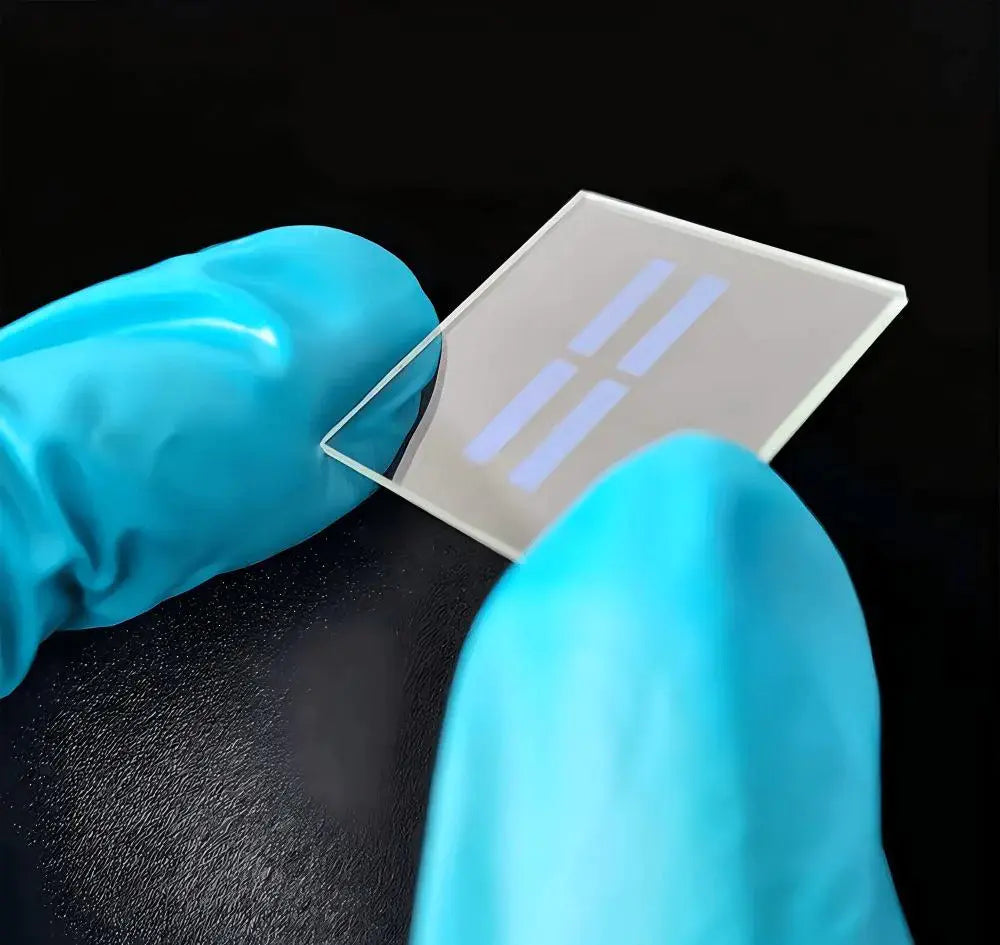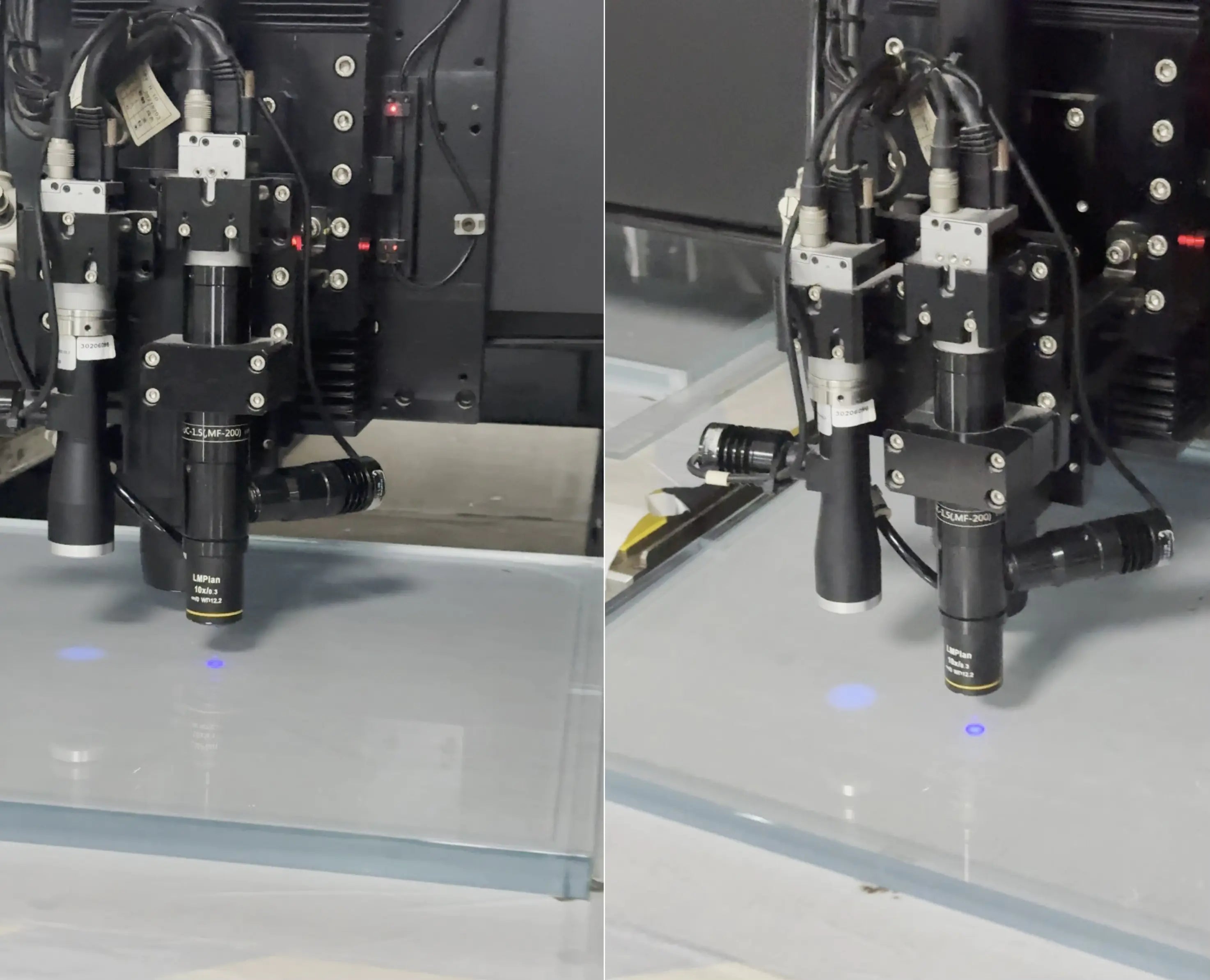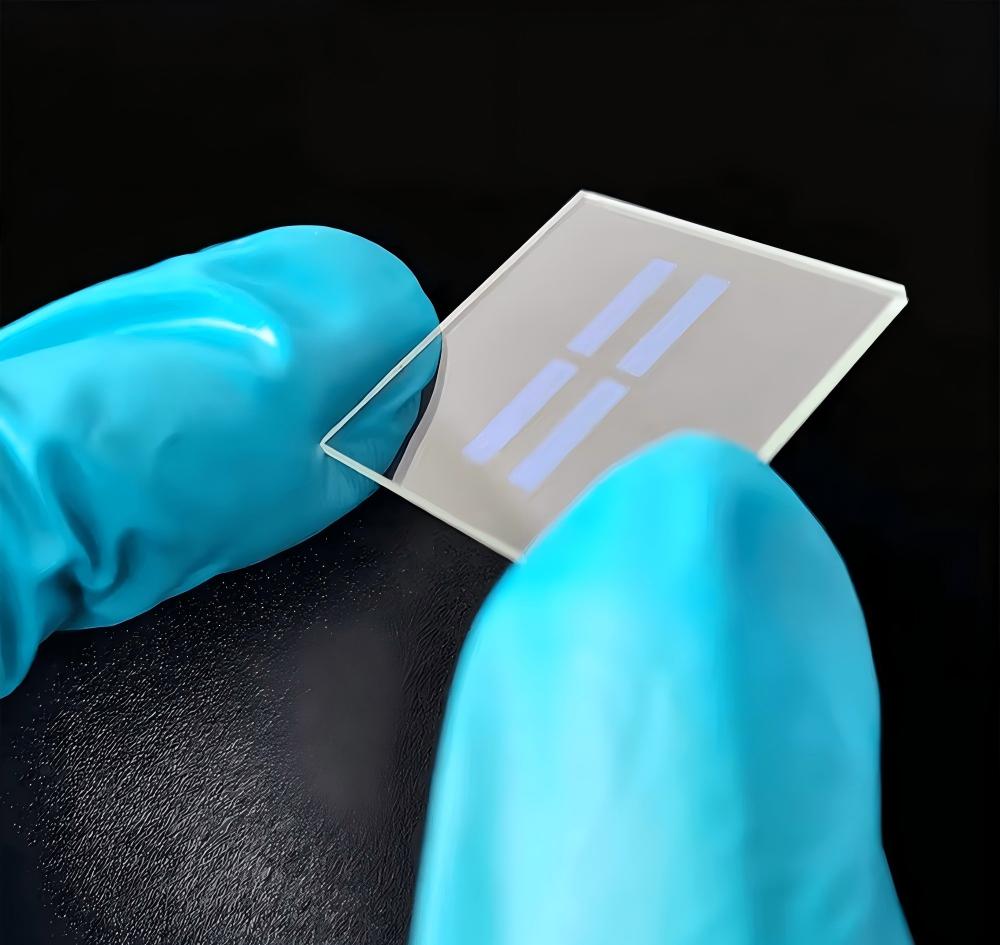

In scientific research, the performance of instruments and materials often directly affects the accuracy and reproducibility of experimental results. Selecting suitable conductive glass materials, especially customized ITO (Indium Tin Oxide) and FTO (Fluorine-doped Tin Oxide) conductive glass, is of great significance for enhancing research in photoelectrochemistry, solar cells, transparent electrodes, and related device development. This article systematically introduces the characteristics, key parameters, and typical application scenarios of ITO/FTO conductive glass to assist researchers in making informed selections.

Overview of ITO and FTO Conductive Glass
ITO (Indium Tin Oxide) is a transparent conductive oxide composed mainly of indium tin oxide, offering high visible light transmittance (typically >85%) and low sheet resistance (can be below 15 Ω/□). FTO (Fluorine-doped Tin Oxide), doped with fluorine in tin oxide, exhibits excellent thermal and chemical stability, making it suitable for high-temperature processing environments. Both are mainstream transparent conductive materials widely used in fields such as photoelectric conversion, display technology, sensors, and catalytic research.
Core Parameters and Customization Capabilities
Wide Range of Customizable Thickness:
Available in thicknesses from 0.1 mm to 4 mm. Thinner specifications (e.g., 0.1–0.5 mm) are suitable for flexible devices and microscopic observation scenarios, while thicker specifications (2–4 mm) are more appropriate for experiments requiring high mechanical strength or multi-layer device integration.
Customized Electrode Patterns:
Through processes such as photolithography and laser etching, micron-level precision electrode patterning can be achieved, including interdigitated electrodes, circular electrodes, and complex grid structures. Researchers can design patterns according to experimental circuit requirements, significantly improving device integration and experimental consistency.
Drilling and Geometric Structure Customization:
High-precision drilling at specified positions is supported, with aperture and hole shape flexibly designed according to experimental setup needs. This facilitates the integration of sensors, wires, or fluid channels, optimizing experimental spatial layout and signal transmission efficiency.

Typical Application Scenarios
Solar Cell Research: Used as transparent electrodes in perovskite, dye-sensitized, and other types of solar cells, requiring high transparency and low resistance.
Photoelectrochemical Detection: Such as photoelectrocatalytic water splitting and environmental pollutant degradation, requiring a balance between conductivity and chemical stability.
Transparent Heating Elements and Electromagnetic Shielding Interfaces: Based on their uniform conductivity and thermal stability, they can be used in device development for special environments.
Biosensors and Microfluidic Chips: Custom electrode patterns can be used for high-sensitivity biological detection and microfluidic system integration.

Conclusion
ITO conductive glass has become a core material in many cutting-edge research fields due to its excellent photoelectric properties and mature preparation technology. Tailored to different experimental needs, customized ITO/FTO conductive glass can provide matching thickness, electrode configuration, and geometric features, significantly enhancing the flexibility of experimental design and the reliability of data. Rational selection and customization of such materials can help researchers achieve more precise and efficient experimental goals in fields such as photoelectronics, energy, and sensing.
We will provide you with the highest quality glass solutions.
What Is Tempered Borosilicate Glass to DIN 7080 and Where Is It Primarily Used?
DIN 7080 tempered borosilicate glass combines exceptional strength, thermal stability, and chemical resistance. Widely used in reactors, sight glasses, and lab equipment, it ensures safety and clarity under extreme conditions.
Unveiling the "King of Glass": How Tempered Borosilicate Glass is Reshaping Our Daily Lives
Tempered borosilicate glass—nicknamed the “King of Glass”—combines high strength, thermal stability, and chemical resistance, making it ideal for daily use, laboratory gear, optical components, and more.
Customized ITO/FTO Conductive Glass in Scientific Research Experiments
Customized ITO / FTO conductive glass plays a crucial role in scientific experiments, offering excellent conductivity, transparency, and stability. Ideal for photovoltaics, sensors, and analytical instruments.
Understanding AR Glass: Principles, Manufacturing Processes, and Key Specifications
Unveiling the "King of Glass": How Tempered Borosilicate Glass is Reshaping Our Daily Lives